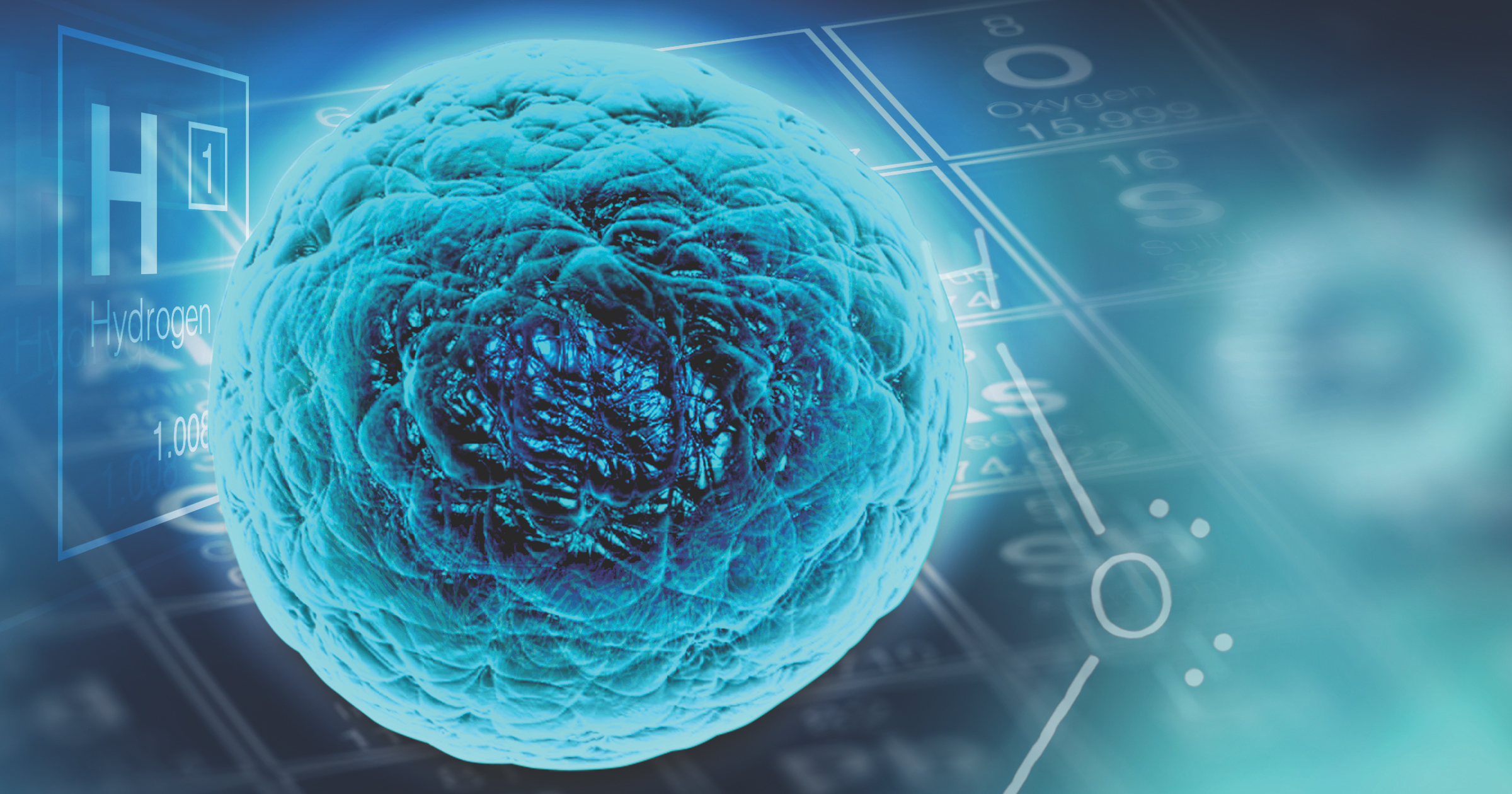 Intelligent Design
Intelligent Design
New Book by Biologist Michael Denton on Nature’s Miraculous “Primal Blueprint”

The cynicism of our time poisons everything, from academic life to media coverage to personal relationships. It instructs us to look at each other with suspicion or mockery, at the cosmos with indifference, at life itself with a shrug. Onto the scene steps biologist Michael Denton, no conventional religious believer, who nevertheless announces that the basis of life, the cells that populate our bodies and those of all other organisms, bear evidence of a “miracle.”
Dr. Denton is a Senior Fellow with Discovery Institute’s Center for Science & Culture, a widely published biochemist who received his PhD at King’s College, London. His new book, The Miracle of the Cell, will be published on Monday, September 28. It is a lyrical exposition of what might otherwise seem like daunting technical material. In organisms like ourselves, we look to DNA with its coded messages as the “signature in the cell,” as philosopher of science Stephen Meyer has put it. Denton directs us to look still deeper to a “unique fitness paradigm,” the design of the chemical elements for cellular functioning.
The “Primal Blueprint”
What makes the cell possible is the atoms that comprise the Periodic Table, especially its first quarter. These were finely tuned by early in the history of the universe. For the wildly complex functions of cells, these atoms are “crafted with incredible precision.” Life itself, as it is now and as it was at its mysterious origin, depends on these functions that in turn reflect a “primal blueprint.” There is no accident here, but, indeed, a miracle, worked out far in advance.
Denton’s chapters cover the carbon atom, chemical bonds, the nonmetals elements hydrogen, oxygen, and nitrogen, the metal elements, and the “matrix” of life, water.
We can think of the design in nature at opposing poles: the “infinitely large” (the design of universe) and the “infinitely small” (the atoms). Denton asks us to consider cells as the “infinitely complex.” To see cells in action, he notes a remarkable video, “Neutrophil Chasing Bacteria,” made in the 1950s by a researcher at Vanderbilt University. In the video, we observe a white blood cell (a neutrophil) as it pursues a fleeing Staphylococcus aureus bacterium. The outcome (a staph infection, should the body’s defenses fail) can mean life or death for us.
Denton observes:
What one witnesses there seems to transcend all our intuitions: A tiny speck of matter, invisible to the naked eye, so small that one hundred of them could be lined up across the top of a pin, is seemingly endowed with intention and agency. It’s like watching a house cat chasing a mouse, or a cheetah chasing a gazelle on the African savanna, or indeed a man chasing down a kudu on the Kalahari.
Why Not the Neutrophil?
We offer arguments for intelligent design when it comes to the cat, the mouse, the cheetah, the gazelle, the kudu, or the man. Why not the neutrophil, which seem to enjoy an existence hardly less complex than ours? While analogies are perilous, the cells in their enormous variety display gifts found in whole organisms. Some, if we permit ourselves a bit of liberty in speaking of their realm, can “see,” “smell,” and of course self-replicate.
Long before the first cell, the atoms had been prepared, with exceeding care, to make life possible. Whereas the first life on Earth, with its requisite intelligent coding, goes back perhaps 4 billion years, the design of the atoms must extend to more like 13 billion years, not long after the Big Bang.
This places the locus of the design of nature firmly “in the beginning,” reinforcing other observations of fine-tuning at the start of physical existence. This is a new frontier for intelligent design, but at the same time a very old one. It offers powerful testimony of purpose and meaning, against nihilism and cynicism, a welcome gift from a great biologist.
